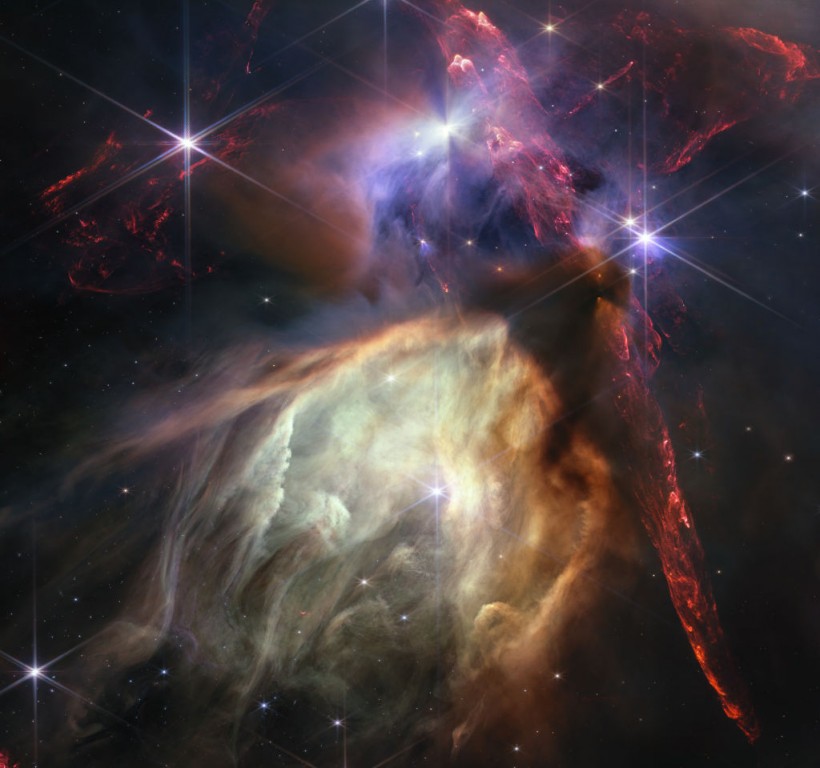The James Webb Space Telescope (JWST) is embarking on a mission to uncover the mysteries of planet formation, aiming to capture the elusive moments when planets are born within protoplanetary disks.
These disks, composed of dust and gas, swirl around young protostars during their final stages of formation. Despite numerous observations of such disks, only a handful of planets have been observed in the process of formation.
Now, astronomers are turning their gaze toward these disks with the advanced capabilities of the JWST to unravel the intricate processes of planet formation.

Webb Hunts for Forming Planets
A series of studies, led by the University of Michigan, University of Arizona, and University of Victoria, have leveraged the JWST's powerful instruments along with data from previous observations by the Hubble Space Telescope and the Atacama Large Millimeter Array (ALMA) to study protoplanetary disks.
These studies aim to uncover new insights into the dynamics between planet formation and the surrounding gas and dust envelopes enveloping young stars within these disks.
In one study led by the University of Michigan, astronomers directed the JWST towards the SAO 206462 protoplanetary disk. Researchers encountered unexpected challenges while searching for a gas giant planet within the disk.
Although simulations suggested the presence of a massive and hot planet within the disk, the observations did not align with these expectations.
Instead, astronomers encountered a faint candidate that could either be a planet in the early stages of formation or a background object obscuring the view. Further observations are needed to conclusively determine the nature of this candidate.
Utilizing Webb's NIRCam, astronomers employed angular differential imaging to peer into the protoplanetary disk surrounding SAO 206462.
This technique allows astronomers to detect thermal radiation from potential planets within the disk and observe specific emission lines associated with material falling onto the planet's surface.
While challenging, these observations provide valuable insights into the dynamics of planet formation within protoplanetary disks.
Read Also: NASA's James Webb Space Telescope Finds Margarita, Vinegar Ingredients in Space
The HL Tau System
In another study led by the University of Victoria, astronomers focused on the HL Tau system, known for its intricate disk structure containing rings and gaps that could potentially harbor forming planets.
Despite the detailed observations provided by the JWST, the dense dust and gas surrounding HL Tau obscured any signals from potential planets. However, the observations revealed unexpected details about the young star's proto-stellar envelope.
Meanwhile, researchers from the University of Arizona investigated the protoplanetary disk of MWC 758. Previous observations hinted at the presence of spiral arms within the disk, indicating the potential presence of massive planets orbiting the host star.
Although no new planets were identified during the recent observations, the sensitivity of the JWST allowed astronomers to place stringent constraints on suspected planets within the system.
By capturing planets in formation, astronomers can gain valuable insights into the mechanisms driving planet formation and evolution.
Related Article: NASA's James Webb Space Telescope Takes a Look at the Mysterious Cosmic Tendrils of NGC 604










